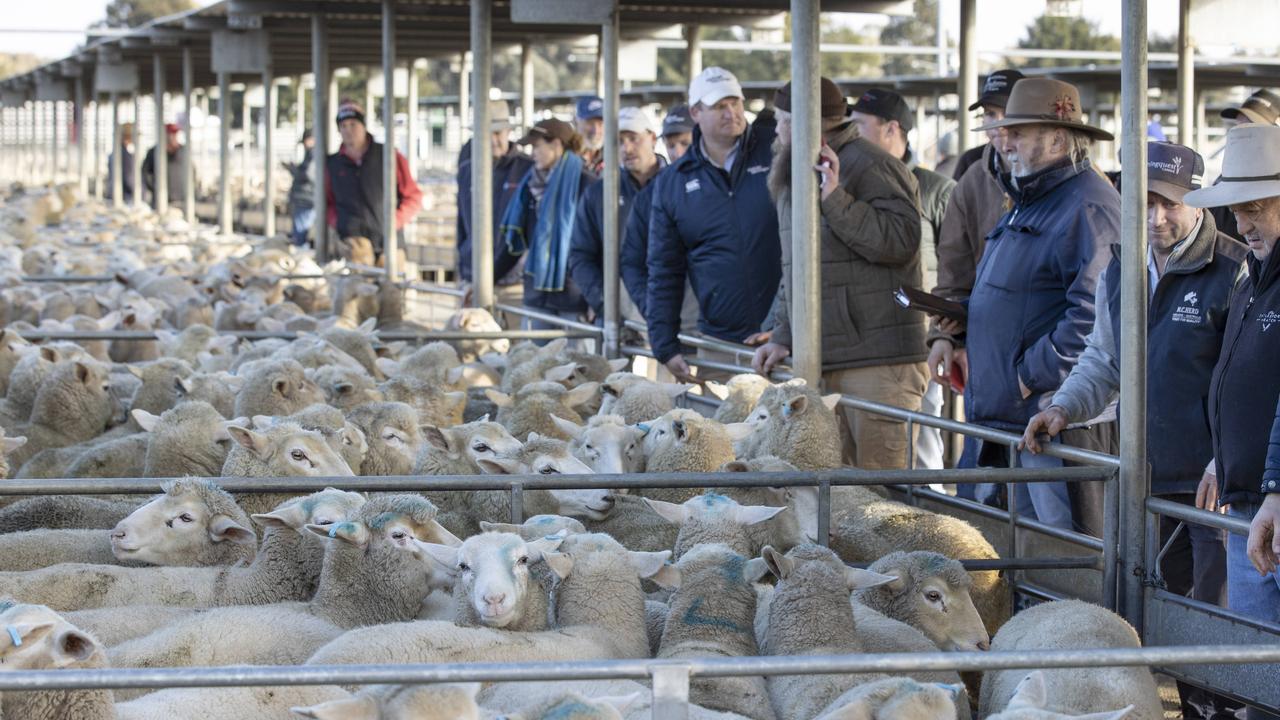Rain spurs light rates
These summer rainfall events could return the market to its more traditional pattern of higher cents-a-kilogram price rates for lighter steers and heifers.

These summer rainfall events could return the market to its more traditional pattern of higher cents-a-kilogram price rates for lighter steers and heifers.
Signs of this have already started to emerge with price spikes of 50-60c/kg liveweight reported at the Wagga Wagga, NSW, prime market on Monday for young calves under 300kg sold back to the paddock.
The sharp rise reflects the severe discounting which had been evident for this class of stock amid concerns about the season before the widespread rain.
As reported in this column last month, at one stage store heifers were just making slaughter cow money in cents-a-kilogram terms, which is an unusual trend and only seen in times of a lack of buyer confidence.
The renewed enthusiasm for younger and lighter calves has started to play out on AuctionsPlus. Based on its reported data, steers in the 200-280kg weight band have gained nearly 40c/kg in the past two markets, averaging 432c/kg last week compared to 397c/kg the week prior.

As a comparison the price rises for heavier steers have been incremental, yearlings in the 330-400kg weight range improving by just a few cents-a-kilogram on AuctionsPlus in the past fortnight.
Factors that are likely to keep driving demand for smaller and well-bred calves include:
THE likely buying power which will come out of northern areas, particularly regions of NSW where this summer rain will build on an already reasonable season;
TODAY’S high costs for transporting stock which favours more animals on a truck to get the dollar add per animal down;
THE switching focus among producers to finish feedlot cattle rather than carrying on animals to bigger weights above 600kg, which allows buying-in lighter calves; and
THE psychology of dollar-a-head buying and keeping a lid on overall spending, with the hangover of last year’s price crash for cattle still affecting people’s mindset according to agents.
The first factor of NSW is self explanatory, as they prefer to buy lighter to mid range weighted calves as shown many times at the New Year calf sales. Linking into this is transport costs to move calves from the likes of Hamilton, Euroa, Yea and Ballarat which is often in excess of 1000km.
The switch to more producers finishing feedlot specification cattle over heavier and older export steers also plays into dollar-a-head buying limits, which helps create cents-a-kilogram price premiums.
A recent analysis by Tom Rookyard, general manager Ottley Livestock Finance, found constant growth in the number of feedlot cattle being sold, with more than half a million head expected to be transacted this calendar year.
“Using a combination of AuctionsPlus data and MLA Feeder Steer Indicator, the number of feeder steers sold January-October 2024 has hit 418,000 nationally,” he said.
“This number is higher than every year in the past 21 years, apart from 2015. We are on track to see over 550,000 head sold for the calendar year.”
Following on from this The Weekly Times compared the dollar-a-head price average paid for steers at the monthly store cattle sales held at Yea, to the average return for a 500kg feeder steer or 650kg bullock, using National Livestock Reporting Service monthly price results.
The Yea price average includes all animals sold, which means the data would have some heavier feeder and grown steers over 400kg although the bulk of the steers sold at this centre are usually yearlings and weaners.
During the past year store steer averages at Yea went from a low of $1030 in January to a high of $1400 in September, according to data from OutCross

Based on the NLRS data the average saleyard return for a 500kg feeder steer has varied from a low of $1595 in March to a high of $1830 in August, with most months tracking between $1600 and $1800 (see graphic).
It shows why store buying competition is concentrated so much between $1000 to $1200, as spending much more puts pressure on trading margins at $1600 to $1800 returns for feeder steers.
Average bullock returns ranged from $1900 to $2200 this year, based on NLRS saleyard averages. And taking into account the longer time period and cost to get cattle to this weight, it still comes back to a popular buying price point of $1000 to $1200 for stores to carve-out the much needed $800 to $1000 difference from buy to sell.
As the store market gathers momentum, it pushes more buyers down into lighter steers as they try to get inventory in the paddock at dollar-a-head limits.
The result is higher cents per kilogram liveweight costs for lighter stock. The top priced 500c steers sold on AuctionsPlus last week weighed 272kg.




